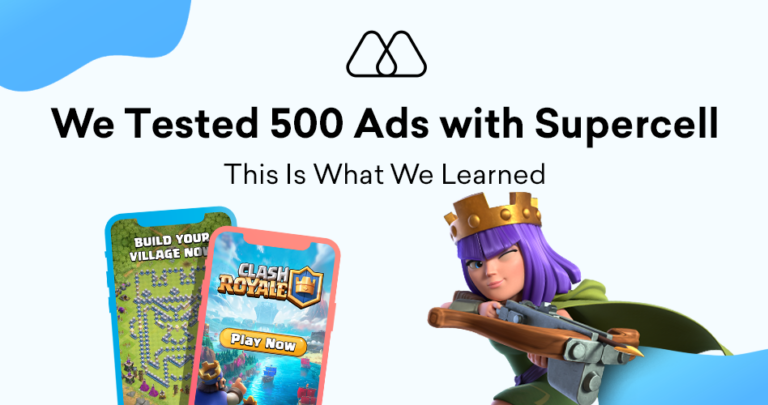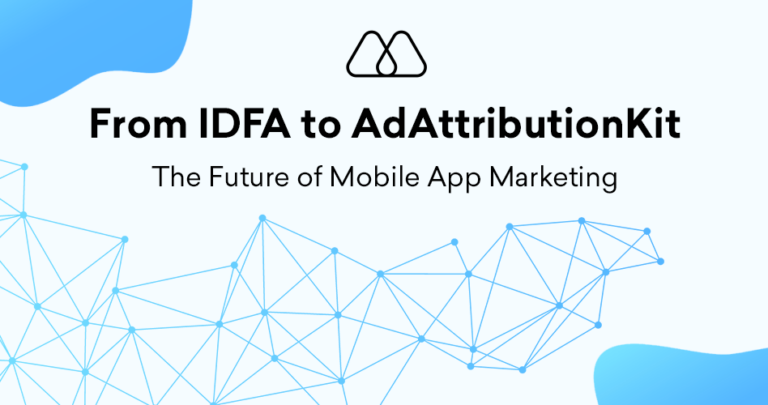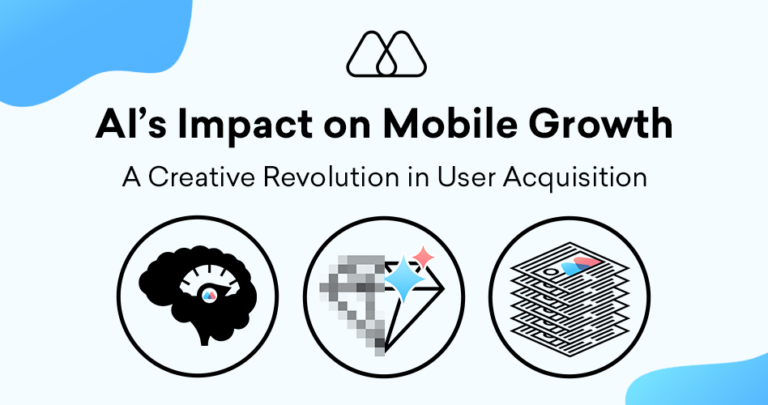In the fast-paced world of mobile app user acquisition, every second counts. Understanding how quickly users move from initial ad exposure to app installation is crucial for optimizing campaigns and maximizing return on investment (ROI). Click-to-install time (CTIT) is now a critical metric in this equation, providing valuable insights into user behavior and campaign effectiveness.
What is Click-to-Install Time (CTIT)?
Click-to-install time (CTIT) is the time that passes between a user clicking on a mobile ad and the second the app is successfully installed. This metric measures the user’s journey from initial awareness to taking action within the app store. A shorter CTIT generally indicates a smoother user experience and a more streamlined installation process, potentially leading to higher conversion rates.
Why is CTIT Important in Mobile App Advertising?
Click-to-install time (CTIT) offers valuable insights for mobile app marketers for several reasons:
- User Experience Optimization: A high CTIT might indicate friction points during the post-click user journey. This could include slow-loading app store pages, complex login requirements, or other barriers to installation. By analyzing CTIT, marketers can identify areas for improvement and streamline the user experience to encourage faster installations.
- Campaign Performance Evaluation: CTIT data can be used to compare the performance of different ad creatives, targeting strategies, and advertising platforms. Campaigns with a lower CTIT generally indicate a more engaging user experience and higher potential for conversion.
- Fraud Detection: Anomalously low CTIT can be a potential red flag for fraudulent activity. Fraudulent bots might artificially inflate click numbers without going through the installation process. Analyzing CTIT distribution alongside other metrics can help identify and mitigate potential click fraud within campaigns.
- Budget Optimization: Marketers can optimize their budget allocation by understanding which user segments exhibit lover CTIT. Targeting users with historically lower CTIT can potentially lead to higher conversion rates and more efficient use of advertising spend.
- App Store Optimization (ASO): CTIT data can be used in conjunction with the app store conversion rate (ASCR) to assess the effectiveness of your app store listing. A high CTIT combined with a low ASCR might suggest an issue with the app store listing itself, prompting efforts to improve its clarity and user engagement.
Factors Affecting Click-to-Install Time (CTIT)
Several factors can influence a user’s CTIT:
- App Store Optimization (ASO): A well-optimized app store listing with clear information, compelling visuals, and positive user reviews can encourage faster clicks through to installation.
- Ad Creative Relevance: Ads that accurately reflect the app’s features and target the right audience are more likely to lead to a seamless transition from ad click to app installation.
- Landing Page Quality: If the post-click landing page within the app store is slow to load, cluttered, or lacks essential information, it can cause users to abandon the installation process, leading to a higher CTIT.
- Device Speed and Network Connectivity: Users on slower devices or with limited network connectivity might experience longer loading times during this installation process, impacting CTIT.
- App Size: Larger app sizes can take longer to download, potentially increasing CTIT. App developers should strive to optimize app size without compromising functionality.
Optimizing CTIT for Improved User Acquisition
Here are some strategies mobile app marketers can implement to optimize CTIT and enhance user acquisition efforts:
- Prioritize ASO: Commit to creating a compelling and informative app store listing that showcases the app’s value proposition and encourages users to click through to install.
- Craft Engaging Ad Creatives: Develop visually appealing ad creatives, accurately represent the app’s functionality, and target the right user demographics and interests.
- Optimize Landing Page Experience: Ensure the app store landing page is fast-loading, easy to navigate, and precisely communicates the app’s benefits.
- Leverage App Pre-Loading: Utilize app pre-loading technologies to reduce download times and streamline the user experience.
- Monitor and Test: Continuously monitor CTIT data alongside other key metrics to identify areas for improvement. Perform A/B testing on different ad creatives, landing page elements, and targeting strategies to find the optimal combination that minimizes CTIT and maximizes conversions.
5 Key Takeaways from CTIT
- User Journey Insights: CTIT provides valuable insights into the user’s post-click journey, revealing potential friction points impacting installation speed.
- Campaign Performance Evaluation: Analyze CTIT alongside other metrics to assess campaign effectiveness and identify areas for improvement.
- Fraud Detection: Anomalously low CTIT can be a red flag for fraudulent activity, prompting further investigation.
- Budget Optimization: Targeting user segments with historically lower CTIT allows for more efficient use of advertising spend by focusing on users more likely to convert quickly.
- ASO & Conversion Optimization: Consider CTIT in addition to ASCR to identify potential issues with your app store listing and optimize it for higher conversion rates.
Click-to-install time (CTIT) is a crucial metric for mobile app marketers seeking to optimize user acquisition efforts. By understanding user behavior post-click and identifying areas for improvement, CTIT empowers marketers to streamline the installation process, reduce friction points, and ultimately achieve higher conversion rates. Remember, a lower CTIT generally signifies a smoother user experience, leading to a more successful app launch and a stronger foundation for sustained user growth. By integrating Click-to-install time (CTIT) analysis into your mobile app marketing strategy, you can gain a competitive edge in the app store and achieve your user acquisition goals.




